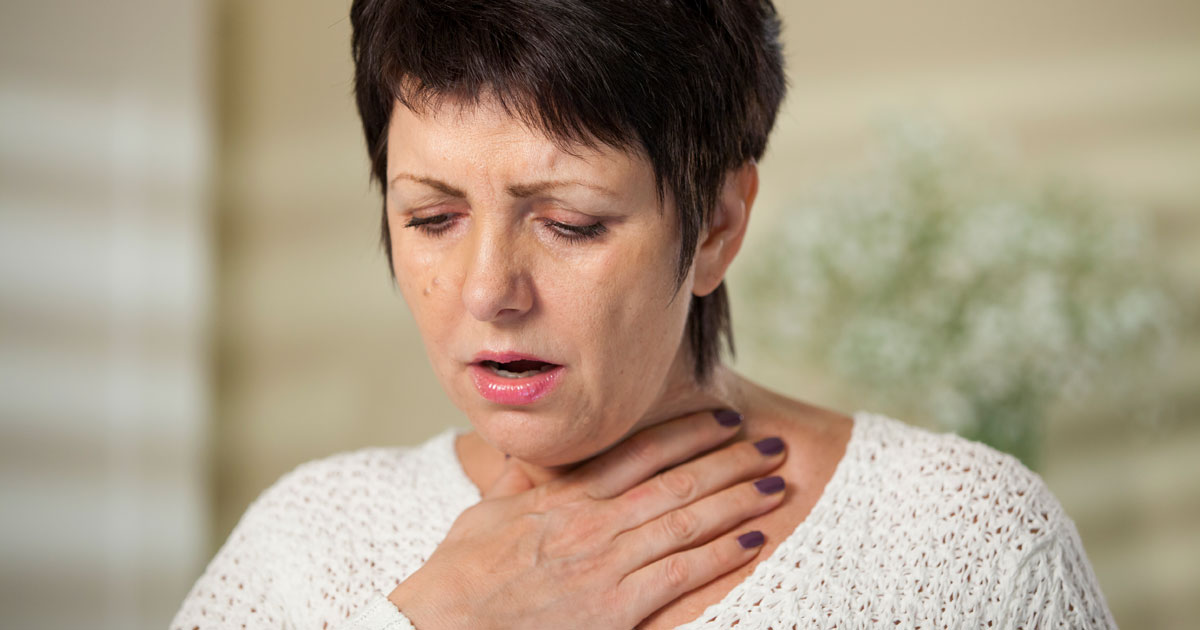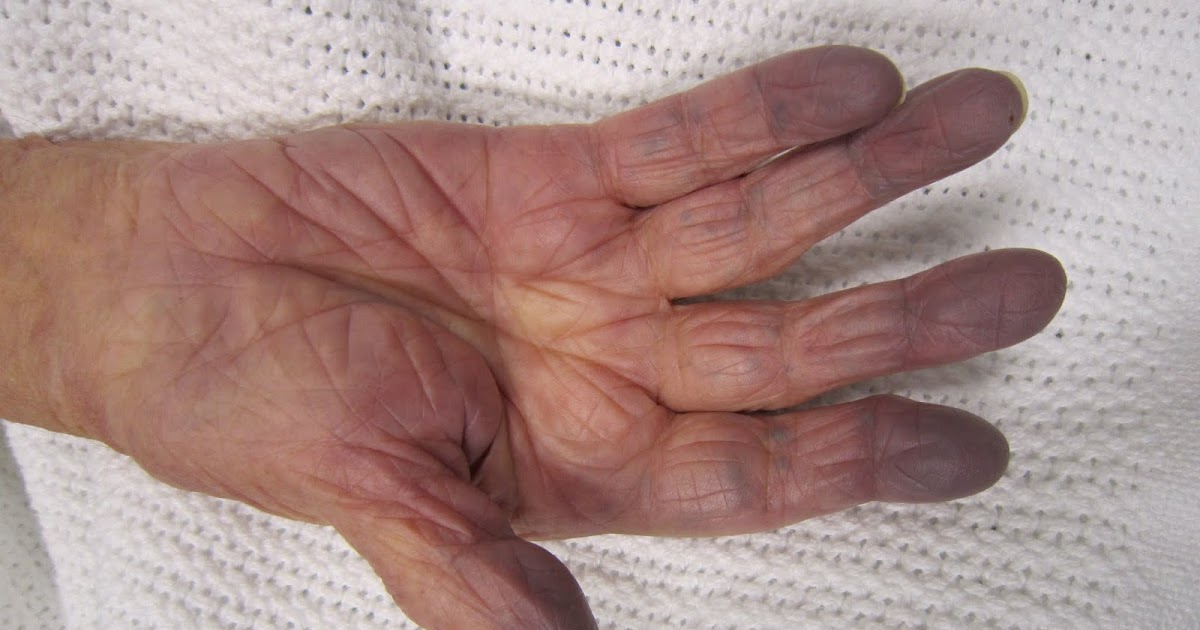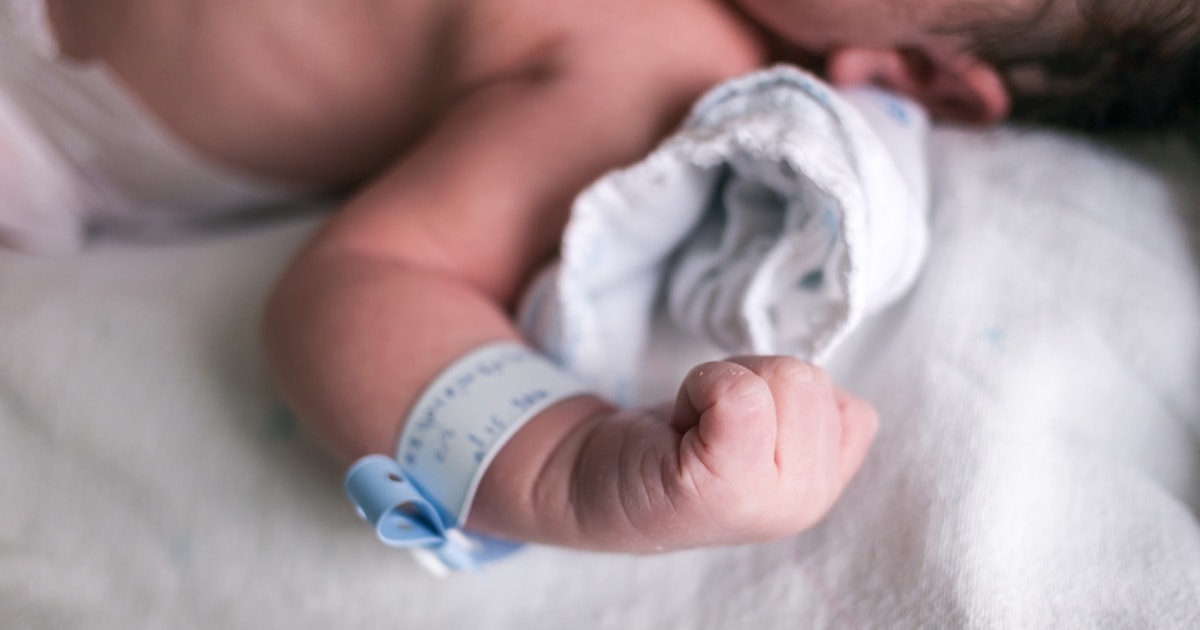Guide To The Symptoms Of Truncus Arteriosus
Truncus arteriosus is a rare congenital heart defect where the pulmonary artery and aorta combine into a truncus or single blood vessel instead of separating. Instead of a separate aortic valve and pulmonary valve, there is one big valve in the truncus. In addition, a hole between the left and right ventricles allows the truncus to receive blood from both sides of the heart. The result is the oxygenated blood mixing with oxygen-poor blood as too much of it flows to the lungs and too little flows to the rest of the body. There are three types of truncus arteriosus. When the pulmonary artery branches apart to each lung right above the valve, it is called type 1. When the pulmonary arteries branch off the truncus in different spots but are close, it is type 2. Type 3 is where the pulmonary artery branches in separate further away locations.
Numerous symptoms can indicate the presence of truncus arteriosus. Uncover them now.
Rapid Breathing

Rapid breathing is when an individual has an elevated respiratory rate or is breathing faster than they normally would. Depending on the patient's age, a normal respiratory rate is between twelve and twenty breaths per minute in a resting state. A patient affected by truncus arteriosus has an increased volume of blood flowing from the heart to the lungs. When the lungs are overloaded with too much blood, they cannot properly perform their function of blood oxygenation. The lungs have a specific capacity of blood they are able to oxygenate before it is sent back out into the rest of the patient's body. As a result of this, the blood pumping throughout the body will have too much carbon dioxide in it. The brain senses the increased levels of carbon dioxide in the blood, and it reacts by increasing the speed of breathing. Regardless of the cause, the brain will always respond to high blood carbon dioxide levels in this way to attempt to lower them. Truncus arteriosus patients can appear as if they are not able to get enough air, and they exhibit lower than normal oxygen values on an oximeter.
Continue reading to reveal more symptoms of truncus arteriosus now.
Cyanosis

Cyanosis is a condition characterized by low blood oxygen levels that causes a patient's skin to turn blue in several regions of the body. Cyanosis happens when there is a mechanism present that allows the oxygen-poor blood from the right side of the heart into the left side of the heart that should only contain oxygen-rich blood. In individuals affected by truncus arteriosus, a hole is present in the wall between the right and left ventricles. This hole allows the oxygen-poor blood to mix with oxygen-rich blood before it is either sent back into the lungs or out into the rest of the individual's body. As a result, the blood circulating around the body is poorly oxygenated or not oxygenated at all. Oxygen-rich blood is bright red, while oxygen-poor blood is typically dark maroon. Light from outside of the body reflects off the dark red color of oxygen-poor blood in a different way than it does with the bright red oxygen-rich blood. This difference is what makes truncus arteriosus patients have cyanosis.
Get more details on the warning signs of truncus arteriosus now.
Poor Feeding And Growth

Individuals with truncus arteriosus often exhibit poor feeding and growth as a result of their heart defect. Poor feeding can be best defined as a lack of appetite or not consuming a sufficient amount of calories regularly. Because mostly oxygen-poor blood is circulating around the body in these individuals, the tissues around the body do not get enough oxygen to carry out normal metabolic processes. A primary cellular process is the conversion of nutrients into usable energy or ATP. Without sufficient cellular energy, the body tissues the cells make up will not work as they should. The impairment of this mechanism can cause an affected individual to not have enough energy to eat properly regularly. Poor growth occurs when an individual does not grow in terms of weight and height according to their age. Poor growth happens as a combination of poor feeding and a higher rate of metabolism for the few calories that are metabolized. The result of this is the patient continuously burns off more calories than they are consuming. When the cells in the body run out of calories to metabolize into usable energy, they start breaking down and metabolizing the patient's fat stores. This depletion of fat stores also contributes to the patient's poor growth.
Learn more about truncus arteriosus symptoms now.
Excessive Sleepiness

Excessive sleepiness is a common manifestation of truncus arteriosus. When the feeling of tiredness interferes with an individual's ability to function normally, it means the body is shutting itself down to preserve energy. The body becomes tired and fatigued when it runs out of the cellular energy required for it to function as it should. Consistent low blood oxygen levels cause a decreased production of cellular energy, and this leads to poor function of the organ systems around the body. Also, poor oxygen delivery to the bones can result in the reduced capacity of the bone marrow responsible for the production of new blood cells. A reduced amount of functional blood cells further compounds the body's inability to deliver sufficient amounts of oxygen to its tissues. The body has a natural mechanism that attempts to preserve energy for essential organ system functions by the secretion of certain substances that cause an individual to feel tired and sluggish. This mechanism allows the body to use its energy on cellular repair, cell production, and other essential functions instead of on the individual's physical and mental activities. The lack of energy itself in combination with the body's response to it are what cause the patient to be excessively sleepy.
Read more about the warning signs of truncus arteriosus now.
Shortness Of Breath

A common symptom that occurs in individuals with truncus arteriosus is shortness of breath or dyspnea. Shortness of breath is best described as an individual's inability to breathe in enough air. The amount of hemoglobin in the blood, oxygen in the air, and carbon dioxide in the air all play a role in the rate of breathing. The blood in a truncus arteriosus patient flows into the right atrium of the heart and then into the right ventricle. The blood flows through the ventricular septal defect into the left ventricle where it mixes with oxygen-rich blood and is either pumped to the lungs for oxygen or out to the tissues of the body. This abnormal flow of blood through the heart causes the carbon dioxide levels in the blood to be consistently elevated. The brain responds to having too much carbon dioxide in the blood by releasing substances in the body that stimulate the lungs to breathe faster and harder. Because the oxygen levels in the blood are always lower than normal, the carbon dioxide levels are always higher than normal. Frequent episodes of rapid breathing will occur and cause the patient to feel a sensation of tightness in the chest or that they cannot inhale enough air.
